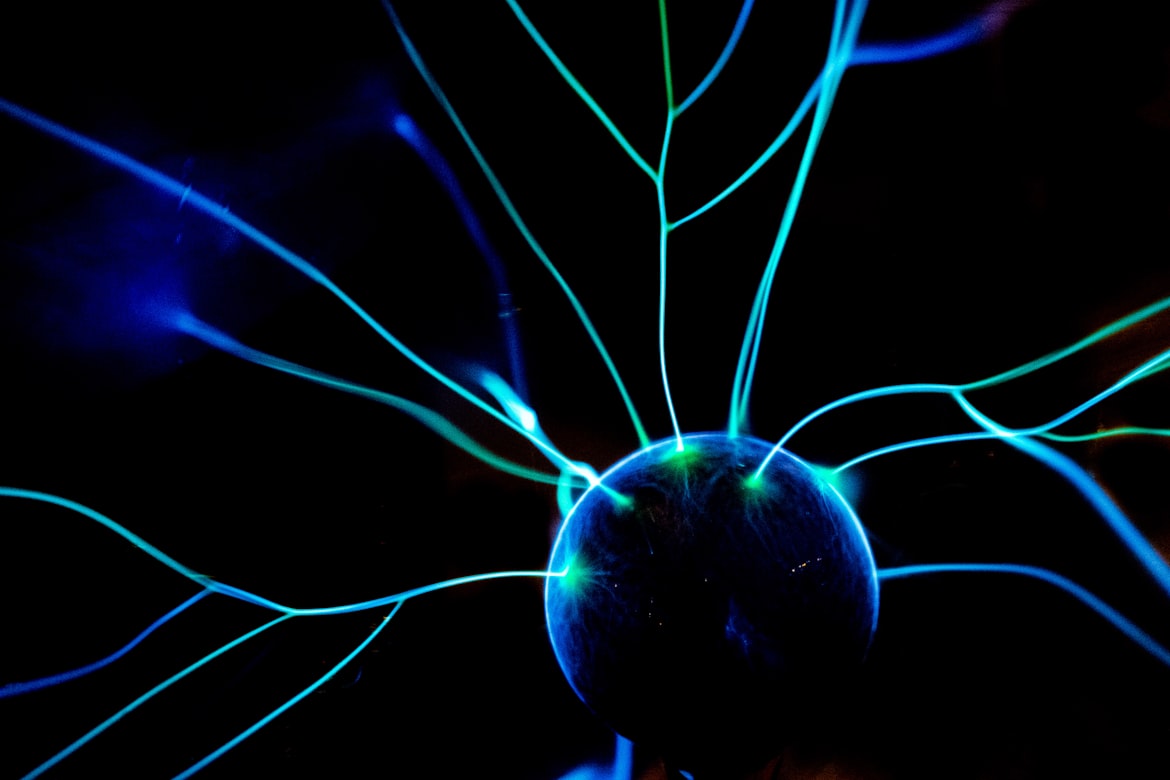Measurements In An Ionization Chamber
For determining the activity of radioactive samples, pressurized well-type cylindrical ionization chambers are commonly utilized. They are employed as secondary measuring instruments, particularly to transfer standards, and to examine the consistency of main activity measurement findings over time, due to their long-term stability. These equipment are utilized in a variety of settings, including research, industry, and nuclear medical services. The primary features of these radioactivity measuring and standard transfer equipment are their outstanding stability over time, simplicity of deployment, and excellent linearity according to activity levels.
A well-type ionization chamber is made up of a cylinder that holds the gas (nitrogen, argon, or a combination of gases) at a certain pressure and electrodes for collecting electrical charges. The device is attached to an electrometer that will provide high voltage to the chamber, acquire the chamber's current signal, and transfer it to the acquisition software.
An ionization chamber works on the simple premise of ionizing radiation from the source (X- or gamma rays, electrons) causing ionization of the gas atoms. Between the electrodes, a voltage is applied. The anode attracts negative charges, whereas the cathode attracts positive charges. The applied voltage (polarization voltage) is sufficient to collect both positive and negative ions completely. The ionization current is then established as a proportionate electric current to the activity of the radioactive source. The calibration coefficient is the ratio of observed ionization current to standard sample activity.
Because the ionization current is affected by a variety of factors (radionuclide, volume, conditioning, etc. ), a particular ionization chamber has a number of calibration coefficients for measuring sample activities.
There are three ionization chambers in the LNHB's ionization chambers area, each with its own set of characteristics:
- A Vinten 671 ionization chamber, type 2A, filled with 10 bar nitrogen;
- The Vacutec 70129 ionization chamber "6D" was filled with 11 bar with a mixture of 90% argon and 10% xenon.
These two chambers are utilized for radioactive solution measurements as part of the LNHB's interlaboratory testing program (PTI), as well as radioactive solution homogeneity measurements in worldwide comparison exercises sponsored by the Bureau International des Poids et Mesures (BIPM).
- The "Normandy" ionization chamber, which uses RIB technology and is filled with two bars of argon.
The "Normandy" chamber is dedicated to nuclear medicine research and services, such as calibrations of new activimeters (end window beta gamma ionization chambers and associated electronics) prior to their installation in hospitals and radiopharmaceutical solutions used in nuclear medicine departments during treatment and/or diagnostic exposure.

